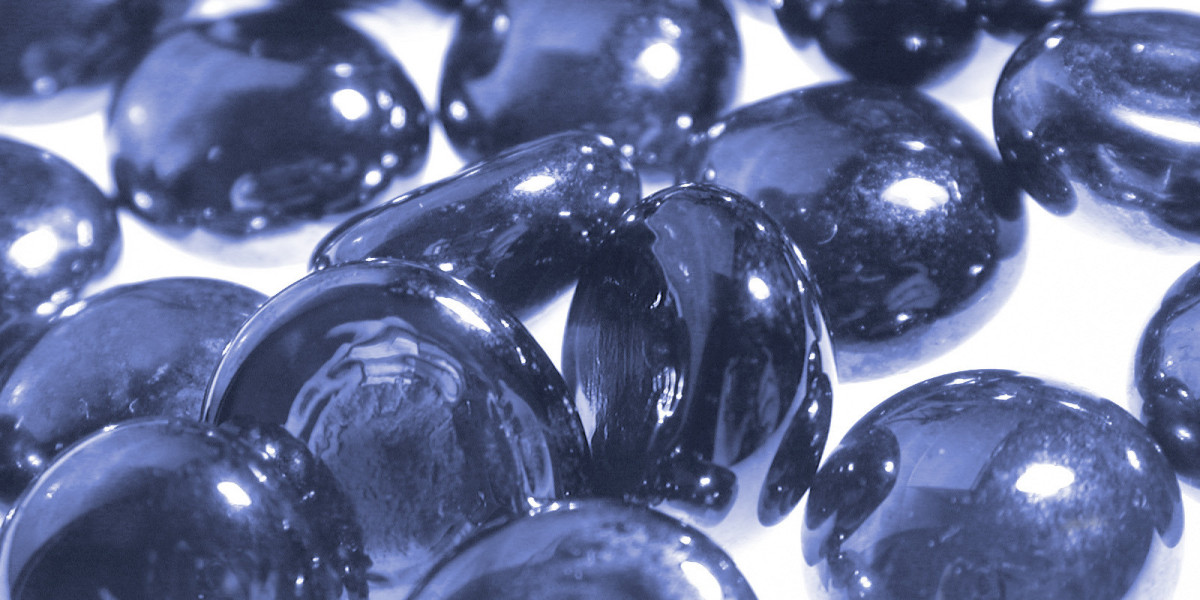---
Gut Peptides BPC-157: The Repair Peptide
BPC-157 (Body Protective Compound 157) is a partial sequence of a naturally occurring protein found in the stomach. It consists of 15 amino acids that have been shown to promote angiogenesis, increase fibroblast activity, and stimulate collagen production—all essential steps in tissue repair. In preclinical studies involving rodents, BPC-157 has demonstrated protective effects on the gastrointestinal tract, reducing ulcer formation, accelerating mucosal healing, and improving barrier function. Beyond gut health, it also shows promise in treating tendon injuries, muscle strains, ligament tears, nerve damage, and even spinal cord injuries.
The peptide works by modulating key signaling pathways such as VEGF (vascular endothelial growth factor), HIF-1α (hypoxia-inducible factor 1 alpha), and various inflammatory mediators. By fostering a more conducive environment for healing, BPC-157 can reduce pain, inflammation, and recovery time. Its oral stability is notable; while many peptides are quickly degraded in the digestive tract, BPC-157 has been reported to maintain activity when taken orally or via subcutaneous injection.
---
KPV: A Potent Anti-Inflammatory Peptide
KPV is a tripeptide composed of lysine (K), proline (P), and valine (V). It originates from the cleavage of beta-endorphin, a precursor to several opioid peptides. Despite its small size, KPV has been identified as a potent anti-inflammatory agent that can inhibit the release of pro-inflammatory cytokines such as TNF-α, IL-1β, and IL-6. Additionally, it modulates leukocyte migration and reduces oxidative stress in various tissue models.
Because of these properties, KPV is often investigated for its potential to treat inflammatory bowel disease, rheumatoid arthritis, and other conditions where chronic inflammation hampers healing. Its short sequence also contributes to high bioavailability and low immunogenicity, making it a candidate for therapeutic use when combined with other peptides that support regeneration.
---
The Synergistic Combination: BPC-157 + KPV
When used together, BPC-157 and KPV may offer complementary benefits. While BPC-157 focuses on stimulating tissue repair and angiogenesis, KPV can simultaneously dampen the inflammatory response that often hinders effective healing. This dual approach is particularly valuable in situations where both damage and inflammation coexist, such as after a severe muscle tear or during gastrointestinal ulceration.
Preliminary animal studies have suggested that co-administration of these peptides leads to faster functional recovery compared to either peptide alone. For example, mice subjected to tendon injury and treated with both BPC-157 and KPV displayed improved tensile strength and reduced inflammatory markers in the affected area. Similarly, in models of colitis, the combination not only accelerated mucosal repair but also lowered systemic cytokine levels.
The practical dosage regime for this combination varies depending on the route of administration (oral versus subcutaneous) and the specific injury type. In many reports, a daily dose of 200–400 micrograms per kilogram of body weight of BPC-157 combined with 50–100 micrograms per kilogram of KPV has yielded positive outcomes over periods ranging from one to four weeks. It is essential to monitor for any signs of adverse reactions and adjust the dosing schedule accordingly.
---
Safety Profile and Side Effects
Both peptides have shown a favorable safety profile in preclinical studies, with no significant toxicity reported at therapeutic doses. Commonly noted side effects are mild and may include transient injection site discomfort or minor gastrointestinal disturbances when taken orally. Because these peptides are relatively new to human use, long-term data is limited; however, the absence of severe adverse events in animal models provides encouraging evidence for their safety.
Potential interactions with other medications should be considered, especially if the user is taking anti-inflammatory drugs, anticoagulants, or immunosuppressants. Consulting a healthcare professional before starting any peptide therapy is strongly recommended.
---
Practical Considerations for Users
- Sourcing Quality Peptides
- Storage Requirements
- Administration Techniques
- Subcutaneous: A sterile syringe and needle are used for injections, typically at sites such as the abdomen or thigh. Rotating injection sites helps prevent local irritation.
- Monitoring Progress
- Legal Status
Contact Us
If you would like to learn more about how BPC-157 and KPV can support your healing journey, or if you have specific questions regarding dosing protocols, sourcing options, or safety concerns, please feel free to reach out. Our team is dedicated to providing clear, evidence-based guidance tailored to your individual needs. You can contact us via email at info@peptidewellness.org or by phone at 1-800-PEPTIDE (1-800-733-7433). We look forward to assisting you on the path toward optimal recovery and well-being.













